
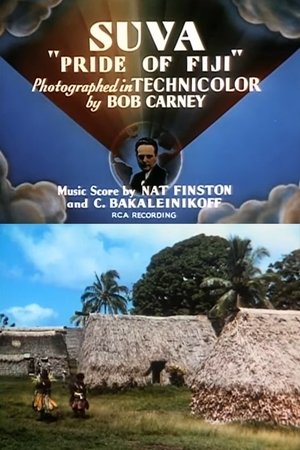
Suva: 'Pride of Fiji'(1940)
James A. FitzPatrick takes a tour of the Fiji Islands. The short depicts the different types of natives that inhabit the islands, and shows villages that have not been changed in architecture for centuries. There are ceremonial dances, and FitzPatrick politically-correctly describes the rule of the islands under the British government.

Movie: Suva: 'Pride of Fiji'
Top 2 Billed Cast
Herself - Governor Richards' Wife

Suva: 'Pride of Fiji'
HomePage
Overview
James A. FitzPatrick takes a tour of the Fiji Islands. The short depicts the different types of natives that inhabit the islands, and shows villages that have not been changed in architecture for centuries. There are ceremonial dances, and FitzPatrick politically-correctly describes the rule of the islands under the British government.
Release Date
1940-05-23
Average
0
Rating:
0.0 startsTagline
Genres
Languages:
EnglishKeywords
Similar Movies
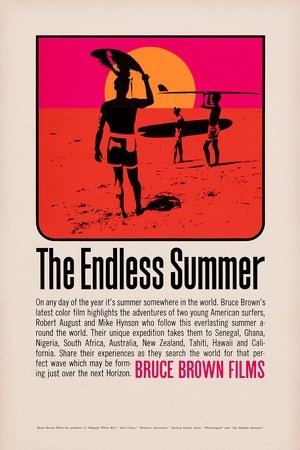 7.2
7.2The Endless Summer(en)
Bruce Brown's The Endless Summer is one of the first and most influential surf movies of all time. The film documents American surfers Mike Hynson and Robert August as they travel the world during California’s winter (which, back in 1965 was off-season for surfing) in search of the perfect wave and ultimately, an endless summer.
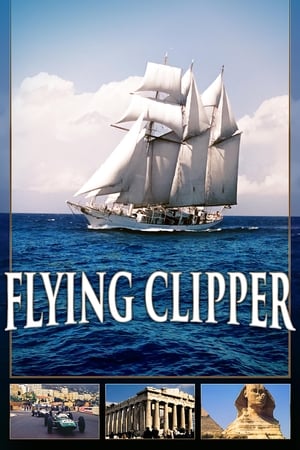 8.0
8.0Mediterranean Holiday(de)
A 1962 West German documentary film directed by Hermann Leitner and Rudolf Nussgruber.
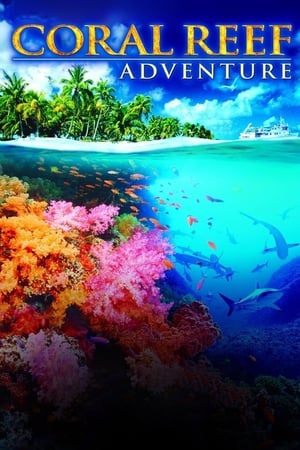 6.6
6.6Coral Reef Adventure(en)
Coral Reef Adventure follows the real-life expedition of ocean explorers and underwater filmmakers Howard and Michele Hall. Using large-format cameras, the Halls guide us to the islands and sun-drenched waters of the South Pacific to document the health and beauty of coral reefs. Featuring songs written and recorded by Crosby, Stills & Nash.
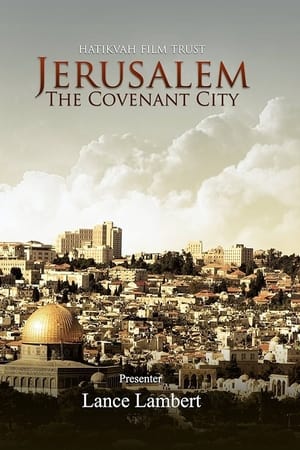 5.0
5.0Jerusalem: The Covenant City(en)
In this superbly produced, two-part documentary, you'll trace the holy city's prophetic history and explore what the Bible professes regarding Jerusalem's fate.
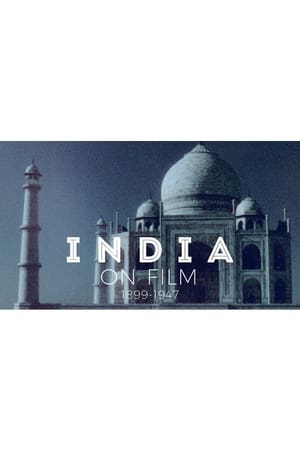 0.0
0.0India on Film: 1899 – 1947(en)
As part of the 2017 UK-India Year of Culture, the British Council and British Film Institute share a unique collection of films documenting the sights and culture of a bygone India. Filmed between 1899-1947, and preserved in the BFI National Archive since then, these rare films capture many glimpses of life in India, from dances and markets, to hunts and pageantry.
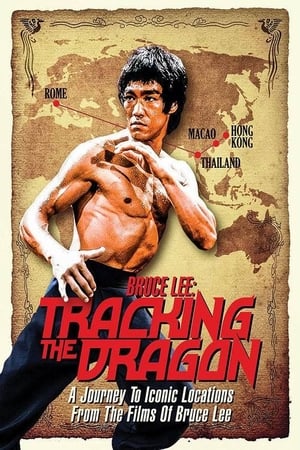 4.8
4.8Bruce Lee: Tracking the Dragon(en)
Bruce Lee expert John Little tracks down the actual locations of some of Bruce Lee's most iconic action scenes. Many of these sites remain largely unchanged nearly half a century later. At monasteries, ice factories, and on urban streets, Little explores the real life settings of Lee's legendary career. This film builds on Little's earlier film, Pursuit of the Dragon, to present a comprehensive view of Lee's work that will change the way you see the films.
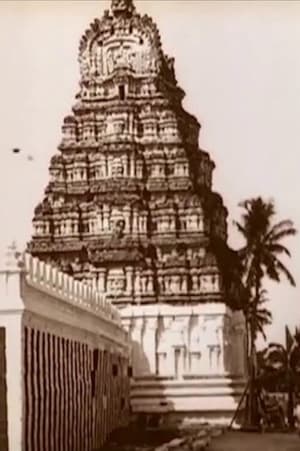 0.0
0.0Edward Prince of Wales' Tour of India: Madras, Bangalore, Mysore and Hyderabad(en)
This official travelogue of a royal tour follows the Prince on a series of regimental displays and a tiger hunt.
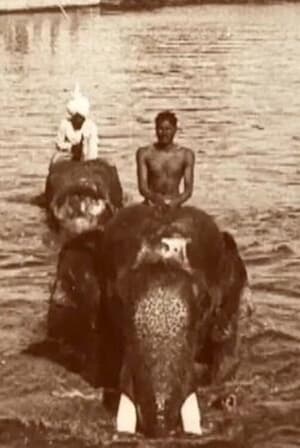 0.0
0.0Edward Prince of Wales' Tour of India: Indore, Bhopal, Gwalior and Delhi(en)
The future Edward VIII enjoys a stately procession and visits the Taj Mahal before meeting senior Indian royalty.
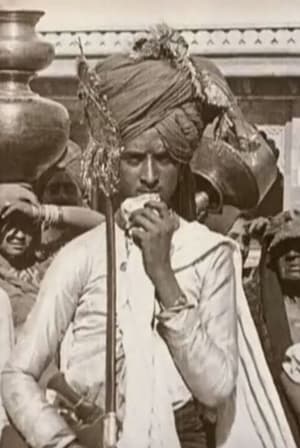 0.0
0.0Edward Prince of Wales' Tour of India: Bombay, Poona, Baroda, Jodhpur and Bikaner(en)
The future Edward VIII visits his Empire, with Indian royalty, elephants, palaces and temples.
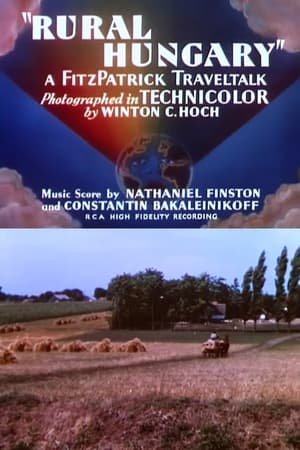 0.0
0.0Rural Hungary(en)
This Traveltalk series short visits the rural agricultural areas of Hungary.
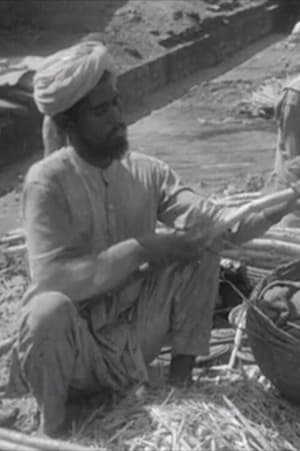 0.0
0.0An Eastern Market(en)
Documentary detailing a farmer’s visit to the market in Rawalpindi.
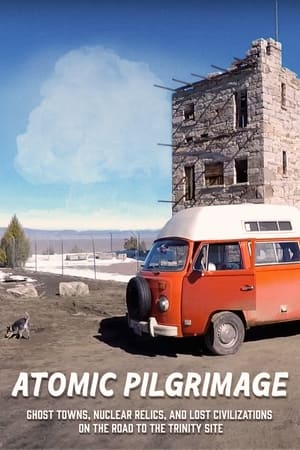 10.0
10.0Atomic Pilgrimage: Ghost Towns, Nuclear Relics, and Lost Civilizations on the Road to the Trinity Site(en)
A 40-day, 40-night road trip to the Trinity Site—where the first atomic bomb was detonated in the summer of 1945—covering many other atomic destinations and driving deep into the natural and social history of the American southwest.
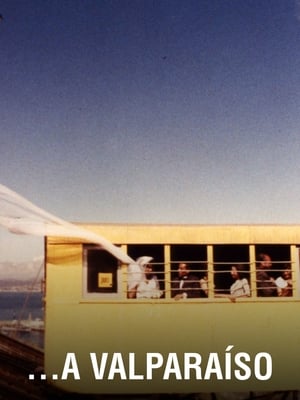 6.9
6.9Valparaiso(fr)
In 1962 Joris Ivens was invited to Chile for teaching and filmmaking. Together with students he made …A Valparaíso, one of his most poetic films. Contrasting the prestigious history of the seaport with the present the film sketches a portrait of the city, built on 42 hills, with its wealth and poverty, its daily life on the streets, the stairs, the rack railways and in the bars. Although the port has lost its importance, the rich past is still present in the impoverished city. The film echoes this ambiguous situation in its dialectical poetic style, interweaving the daily life reality (of 1963) with the history of the city and changing from black and white to colour, finally leaving us with hopeful perspective for the children who are playing on the stairs and hills of this beautiful town.
The Beauties of Billings(pt)
A travelogue through the remains of São Paulo failing 80s economy, including its in ruins film industry.
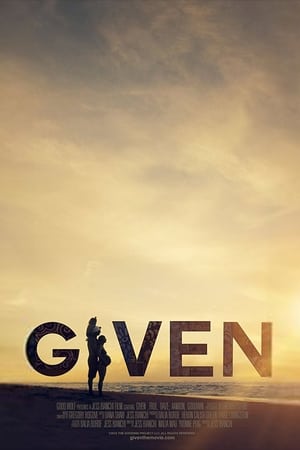 7.4
7.4Given(en)
A young family leaves their home on Kauai. It is time to return to the itinerant path from which all things in their uncommon lives come; beginning and ending on a remote dot in the Pacific. They nomadically trace continents to places where waves meet their edges, envoys of aloha. It is what they will learn, what they bring others, what they will pass on to their children in the hyper-expanded classroom, the lab of direct being; a legacy passed from a father to his family.
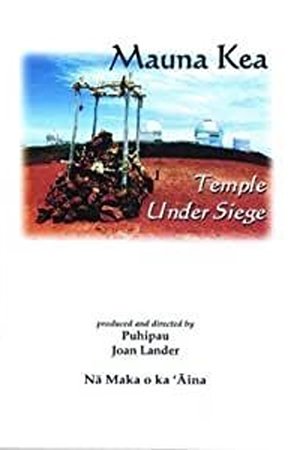 0.0
0.0Mauna Kea: Temple Under Siege(en)
Although the mountain volcano Mauna Kea last erupted around 4,000 years ago, it is still hot today, the center of a burning controversy over whether its summit should be used for astronomical observatories or preserved as a cultural landscape sacred to the Hawaiian people. For five years the documentary production team Nā Maka o ka 'Āina ("the eyes of the land") captured on video the seasonal moods of Mauna Kea's unique 14,000-foot summit, the richly varied ecosystems that extend from sea level to alpine zone, the legends and stories that reveal the mountain's geologic and cultural history, and the political turbulence surrounding the efforts to protect the most significant temple in the islands: the mountain itself.
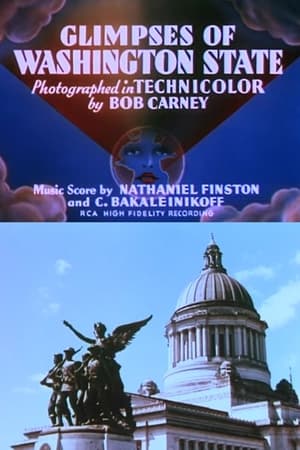 0.0
0.0Glimpses of Washington State(en)
This Traveltalk series short begins in the Wenatchee River valley, where apples are the chief commercial crop. In Spokane, we see the Sunken Gardens (later called the John W. Duncan Gardens) in Manito Park. In Olympia, the campus of the state capitol is surrounded by flowers. At Long Beach is the beginning of a sand roadbed that stretches for 27 miles. After a glimpse of canoeing on the Quinault River, we get a view of the San Juan Islands. Finally, we are shown some sights on the Columbia River, including the Rock Island Dam and the not-yet-finished Grand Coulee Dam, largest concrete structure in the United States.
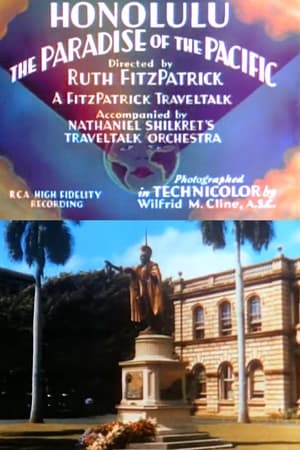 1.0
1.0Honolulu: The Paradise of the Pacific(en)
This Traveltalk short visits Hawaii's capital city.
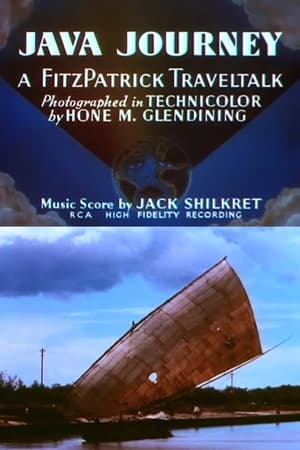 0.0
0.0Java Journey(en)
This Technicolor portrait of Jakarta was filmed when it was called Batavia and formed part of the Dutch East Indies colonial empire. The film portrays the daily life of citizens and the relaxed atmosphere that prevailed at the time. We see Batavia's Amsterdam Gate, built by the Dutch around 1664, along with the strong influence of Dutch architecture upon other buildings, streets and waterways.
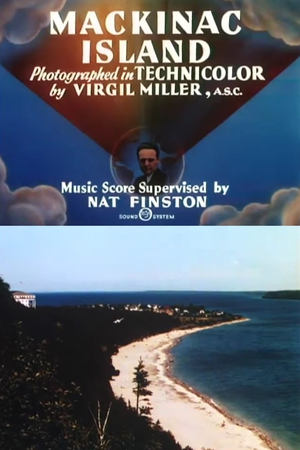 0.0
0.0Mackinac Island(en)
This Traveltalk series short begins in Chicago, where the narrator and his crew board a cruise ship. After a 20-hour trip up Lake Michigan, they arrive at Mackinac Island, near the southeast tip of Michigan's Upper Peninsula. On the island, we see many of the attractions for which it is famous. These include Arch Rock, Old Fort Mackinack, and a hotel owned by Chauncey Depew. No automobiles are allowed on the island. Transportation is limited to bicycles and horse-drawn carriages.
